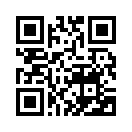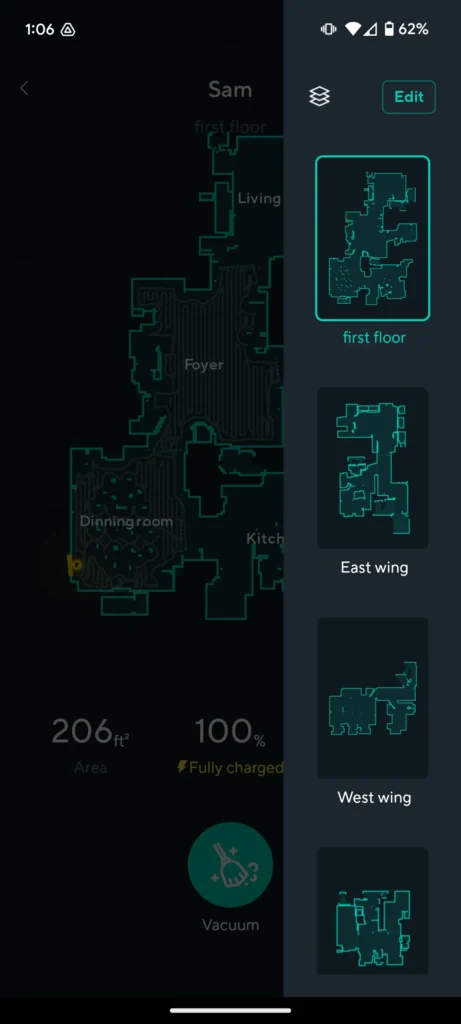LiDAR Technology in Modern Applications
If you ever wondered what the Lidar Acronym stands for, here it is: Light Detection and Ranging. This technology has become prominent in modern devices, particularly in smart devices such as robotic vacuums and mops. LiDAR uses laser light to map areas in the house and identify objects with remarkable precision. In this article, we will delve into the essence of LiDAR, its strengths and weaknesses, and compare it with other technologies like radar and standard lasers.
Understanding LiDAR
LiDAR is a remote sensing technique that uses laser pulses to measure distances between the sensor and various targets by emitting thousands to hundreds of thousands of pulses per second. The laser rays bounce off surfaces and return to the sensor. LiDAR measures the time taken for each pulse to come back and uses that data to calculate the distance to objects. This information builds a precise three-dimensional map of the surroundings.

Uses in Robotic Vacuum and Mop Systems
Today’s robotic vacuums and mops are equipped with LiDAR sensors to navigate and clean efficiently. As described earlier, these sensors emit laser pulses to scan the environment, enabling the device to create a real-time map of the area. This allows the robot to locate itself, detect obstacles, and calculate an optimal cleaning path. These robots are known for their efficiency in navigating complex layouts and avoiding collisions with furniture and other objects.

Capabilities and Limitations of LiDAR
Devices equipped with LiDAR can produce detailed maps and detect objects. However, LiDAR has limitations. A common question is, “Can LiDAR see through walls?” The answer is: it cannot. Laser pulses, which are concentrated light beams, are reflected back by solid surfaces, preventing the detection or mapping of objects behind them.
Another popular question is, “Can LiDAR see underground?” Standard LiDAR systems are ineffective because their pulses are reflected at the surface level. Instead, Ground Penetrating Radar (GPR) is used for this purpose, utilizing electromagnetic waves to map subsurface structures.
Comparing LiDAR with Other Technologies
LiDAR is often compared to radar and standard lasers due to their similar uses in mapping and measuring distances. Radar (Radio Detection and Ranging) employs radio waves instead of laser light. Unlike LiDAR, radar can penetrate various materials, including walls and soil, making it suitable for underground mapping and through-wall imaging. However, radar generally offers less resolution and detail than LiDAR, making the latter preferable for detailed environmental mapping.
Comparing LiDAR to standard laser technology, we can say that both use light for measurements. LiDAR includes advanced software and sensors for precise three-dimensional mapping, whereas standard lasers, like those in laser pointers, lack this comprehensive capability.
LiDAR Mapping’s Impact

LiDAR technology is crucial for mapping tasks. Data from LiDAR sensors can create highly accurate topographical maps, valuable in agriculture, archaeology, forestry, and urban planning. For instance, LiDAR can measure tree height and canopy structure in forestry, aiding forest management and conservation. In urban planning, 3D maps from LiDAR assist in infrastructure development and disaster management by providing detailed urban landscape visualizations. Robotic vacuums and mops equipped with LiDAR generate a map of the floor, enabling users to see detailed cleaning paths.
Conclusion
LiDAR has greatly advanced modern life through precise mapping and object detection. Its use in robotic vacuums and mops exemplifies its everyday practicality, enhancing household management efficiency. Despite its limitations, such as being unable to penetrate solid objects or see underground, LiDAR’s prowess in creating detailed 3D maps is immensely valuable across various fields. Understanding its capabilities and limitations, alongside comparing it with technologies like radar, ensures a fuller appreciation of its contribution to technological advancements.
As LiDAR technology progresses, further innovations are expected, solidifying its role as a foundational element in sophisticated sensing and mapping systems.

